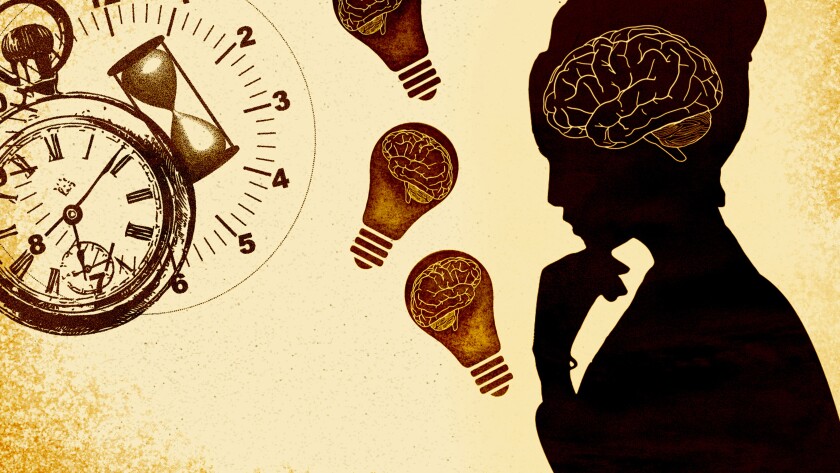Patents, by their very definition, are limited in terms of time and territory. Despite this, a patent proprietor may claim damages for acts of infringement that occurred during the patent's term (within the scope of the applicable statute of limitations) even after the patent has expired. What is less widely recognised, or more contentious, is the degree to which a patent proprietor can also assert claims for injunctive relief and damages for acts that take place after the respective property right has expired. This question was addressed by the Canadian Supreme Court in 2022.
The court awarded Dow Chemical a claim for damages in the amount of $644 million for what the court considered to be patent infringement by Nova Chemicals. Now, high damage sums are not uncommon in patent cases. The peculiarity of this case was that Dow Chemical was also awarded ‘springboard profits’ for Nova Chemicals' profits in the 20 months following the expiry of the patent, in so far as these, in the opinion of the Canadian court, were attributable to Nova Chemicals' patent infringement prior to the expiry of the patent in dispute.
In the past, in individual cases, European courts have also affirmed a patent proprietor’s claims for injunctive relief after patent expiry and have based their calculation of the claim for damages to which the patent owner is entitled on acts of use that were not realised until after the patent expired. German jurisprudence has formulated a doctrine for these cases, known as the ‘springboard doctrine’. This article, the first in a two-part series on the topic, delves deeper into its legal foundations.
Patents in development projects
Apart from special regulations such as the experimental privilege, the Roche-Bolar privilege or the compulsory licence, a patent exclusively grants the patent holder and its licensees the right to use the claimed invention. Accordingly, it is important to ensure at an early stage in a development project that no third-party property rights are used in the course of development (or at least not without a corresponding licence) and, in particular, that the final product developed does not fall within the scope of protection of third-party patents.
This is particularly important in development projects in the pharmaceutical and life sciences sectors, as these are usually particularly time consuming and costly, and, due to regulatory requirements, it is often no longer possible to make technical changes in the further course of development to circumvent third-party patents. Once product development has reached the clinical trial phases, it is usually hardly possible to make technical changes without jeopardising the existing approvals for the clinical trials, or only at the cost of considerable additional costs and delays.
After the expiry of the 20-year term of protection of a patent (unless the grant of a so-called patent term extension or a so-called supplementary protection certificate is possible), the patent proprietor’s special rights expire and thus also the possibility to exclude third parties from using their patented invention.
The question of whether the patent owner can assert claims even after the patent term has expired is particularly relevant in connection with development projects. Here, it can be frequently observed that patented technologies, not least so-called research tools, are used without a (sufficient) licence and the above-mentioned exceptions to patent protection, such as the experimental privilege and the Roche-Bolar privilege, do not apply.
Research tools are products and processes that are used in the research of other objects, such as DNA or RNA. Their purpose is thus limited to the performance of research work. The patent holder often only becomes aware of this infringing use, if at all, when the development outcome is launched.
This is especially true since the development process is usually conducted in strict confidence, away from the public eye. By this time (ten years can often pass between the early development phase and the actual product launch of a pharmaceutical product), the property right used in the development has expired. The question then arises as to which rights the patent holder can still assert ‘retroactively’ as regards infrigements commited during the term of protection. This issue is discussed in German case law and technical literature as the springboard doctrine.
The springboard injunction
The legal instrument of the so-called springboard injunction is particularly well known in the area of know-how theft and employee poaching. Here, injunctions are often sought with the aim of compensating for, or eliminating, the illegal advantage gained by a former employee or their new employer through the misuse of confidential information (know-how) of the former employer. The springboard injunction thus serves the purpose of restoring the competitive situation in which the rights holder would have been if the unlawful misconduct had not occurred.
In patent law, the legal instrument of the springboard injunction has so far been rather exotic but is gaining increasing importance in the pharmaceutical and life sciences sectors. In particular, the question arises as to whether patent protection that extends beyond the term of protection constitutes an inadmissible patent extension. After all, the purpose of time limits on property rights is precisely that after they expire, anyone can freely use the previously patented inventions (public domain).
At the same time, however, it does not seem fair if someone obtains an economic advantage (also) after the expiry of the protection through a patent infringement committed during the protection period without fearing consequences for this.
It is therefore now the prevailing view that the protective effect of a patent can continue to have an impact beyond the time of expiry of the term of protection. This is because the patentee's pecuniary interests may be affected even after expiry.
However, concerning the principle of the public domain, it is essential to note that any extended protection of the prevailing IP right should not apply to situations arising solely after the term of protection has expired. Thus, in order for patent protection to continue to have an effect after expiry, the economic disadvantage of the (former) patent proprietor must be causally associated with, and attributable to, the patent infringement. If, however, the patent infringement has prevented the patent proprietor from selling its own products, for example, it must be compensated for all the income that is fundamentally associated with this.
Part two
The second article of this series takes a closer look into several landmark German cases granting the patentees injunctive relief and financial compensation even after the expiry of the respective patents. It will also discuss the aforementioned decision of the Canadian Supreme Court in awarding a claim for damages of $644 million due to patent use after the expiry of the relevant patent, applying the springboard doctrine.











